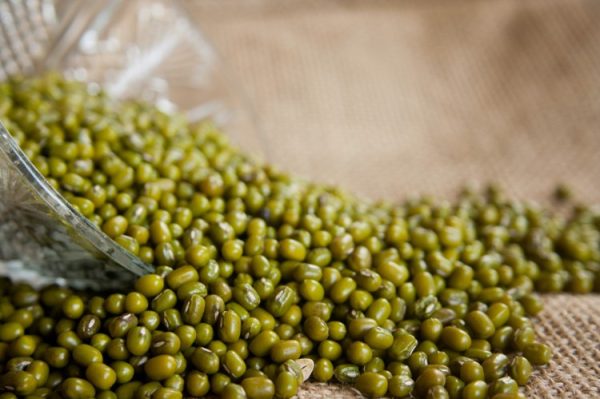
Reasons Why Green Gram Is Recommended In Diet Program
Green gram, also known as mung bean (Vigna radiata), holds a special place in Ayurveda due to its numerous health benefits and nourishing properties. It is considered a sattvic (pure and balanced) food, making it an ideal ingredient in Ayurvedic cooking. Green gram is a versatile Ayurvedic ingredient with profound health benefits, ranging from detoxification and digestion to skin care and immunity. Incorporate it into your daily diet or skincare routine to experience its holistic benefits.
Here are some of the many benefits of green gram as highlighted in Ayurveda:
1. Tridosha balancer: Green gram is known to pacify all three doshas—Vata, Pitta, and Kapha—when prepared appropriately:
- Light and easy to digest, it balances Vata.
- Cooling in nature, it soothes Pitta.
- Its low-fat, high-protein content helps balance Kapha.
2. High digestibility: Green gram is considered a “light food” meaning it is easy to digest. It is commonly used in Ayurvedic detox programs like kichadi cleanse.
- It helps improve digestion without aggravating the digestive fire (known as Agni).
3. Detoxifying properties: Green gram is a natural cleanser for the body, helping to flush out toxins.
- Its cooling effect is beneficial for reducing inflammation and internal heat.
4. Protein rich superfood: It is an excellent plant-based source of protein, which promotes tissue repair and enhances strength and vitality.
- Especially beneficial for vegetarians or during fasting rituals.
5. Skin health: Green grams are highly recommended for improving skin health. Its cleansing and nourishing properties help achieve clear and radiant skin.
- Green gram powder is also used as a natural exfoliant in Ayurvedic skincare, improving texture and treating acne.
6. Blood sugar regulation: Its low glycemic index and high fiber content help regulate blood sugar levels, making it ideal for managing diabetes.
7. Cooling and anti-inflammatory: Green gram is cooling in nature, which makes it an effective remedy for heat-related conditions like acidity, skin rashes, or burning sensations.
8. Weight management: Its high fiber content keeps you full for longer, aiding in appetite control and weight loss.
- It is light and nutritious, making it an ideal addition to a balanced diet for those managing obesity.
9. Boosts immunity: Rich in antioxidants like flavonoids, green gram helps combat free radicals and strengthens the immune system.
10. Enhances reproductive health: Ayurveda considers green gram to support reproductive health by improving vitality and enhancing the quality of reproductive tissues.
11. Strengthens the heart: Green gram helps reduce bad cholesterol, improves circulation, and protects cardiovascular health.
12. Ideal for post illness recovery: Its nourishing and easily digestible properties make it a perfect food for convalescence.
Seven ways to use green gram.
- As a soup or Kichadi: A light green gram soup or khichdi with rice is widely used for detox and nourishment.
- Green gram porridge: Soak green gram for 2 hrs. and prepare porridge by boiling the soaked green gram. Add a little salt, asafetida and amla powder. Have this in the morning.
- Sprouted form: Sprouts enhance green gram nutrient content, making it excellent for digestion and vitality. Add sprouts to salad or consume with mint chutney and yogurt.
- Sprouted green gram drink: Grind sprouted green gram with jaggery and water. Add cardamom powder and drink. It is an immunity booster drink.
- Green gram cutlet: Cook green gram with little water. Add grated vegetables like carrot, zucchini, leafy vegetables, and other vegetables of your choice. Prepare cutlet on thava. You do not need any binding agent for this one.
- Green gram sambar: You can prepare green gram sambar. Add cucumber and spinach with green gram for better taste.
- As a face pack: Green gram powder mixed with turmeric and milk, or milk cream can be used as a cleansing and brightening face pack.
Image credit: https://pxhere.com/en/photo/1022102 (CC0 Public Domain)
Author: Sumana Rao | Posted on: January 13, 2025
« 9 Herbal teas – benefits & side effects Black And White Sesame Seeds Are Beneficial For Women’s Health »






















Write a comment